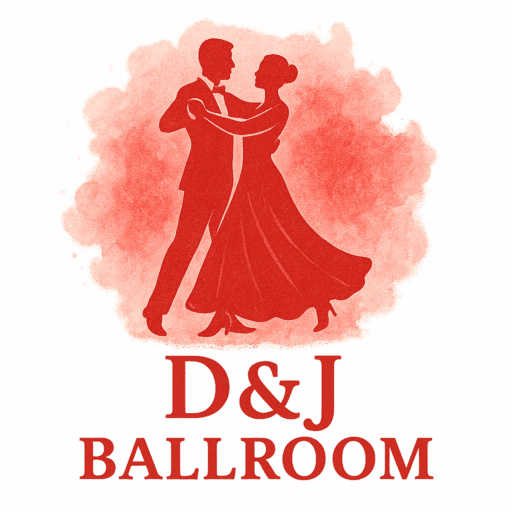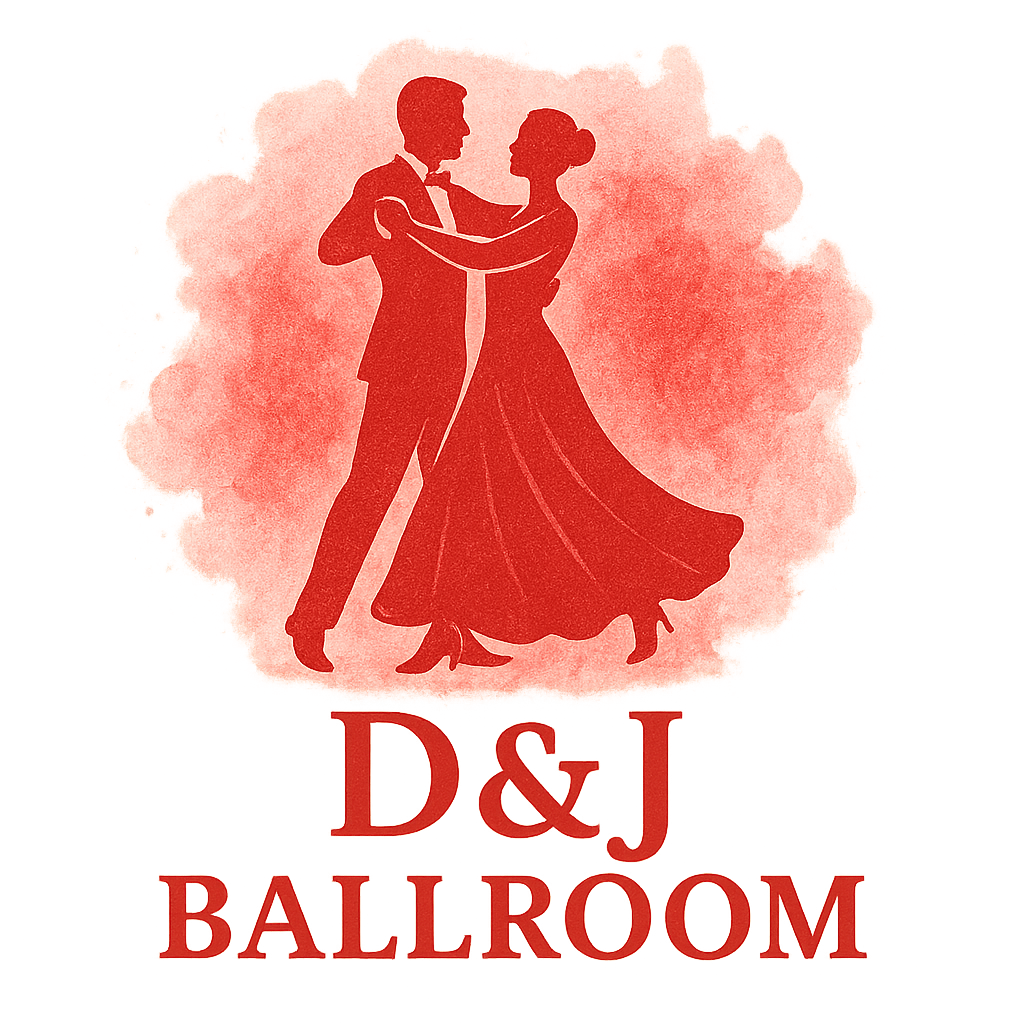Introduction to Ballroom Warm-Ups
Starting ballroom dancing as an adult beginner can feel like learning a new language with your body. Just like athletes don’t sprint without stretching, dancers shouldn’t step onto the floor without warming up. Ballroom technique drills are the foundation for improving posture, rhythm, and confidence before moving into the actual dance steps.
Why Warm-Up Ballroom Technique Drills Matter
Preventing Injuries Through Proper Warm-Ups
Think of warm-ups as insurance for your joints and muscles. Ballroom may look elegant, but behind the scenes, your ankles, knees, and back take on a lot of pressure. Gentle drills ease the body into movement, lowering the risk of sprains or stiffness.
Building Confidence Before Dancing
Warm-ups aren’t just physical. They’re also mental. By rehearsing ballroom technique drills, you prepare your body and mind to step onto the floor with confidence, whether at a social dance or your first competition.

Getting Started with Ballroom Warm-Ups
What Adult Beginners Should Know
Don’t worry—you don’t need to be flexible like a gymnast. Ballroom warm-ups focus on balance, posture, and rhythm rather than extreme stretching.
Setting the Right Atmosphere
Put on light music, find a mirror if possible, and wear comfortable dance shoes. This small preparation makes a huge difference in how effective your drills will be.
Drill #1: Posture Alignment Warm-Up
Engaging Core and Spine Awareness
Stand tall with feet hip-width apart. Imagine a string pulling the crown of your head upward. Activate your core gently while relaxing the shoulders.
How This Drill Translates to Dance
Strong posture sets the stage for all ballroom techniques. Without it, your frame collapses, and your partner connection weakens.
Drill #2: Weight Transfer Basics
Slow Shifting Side-to-Side
Shift your weight from one foot to the other, moving slowly. Keep your knees slightly bent and avoid leaning too far.
Practicing with Waltz Flow
Weight transfer is the heartbeat of the waltz. This drill helps you feel the rise and fall more naturally.
Drill #3: Footwork Precision Exercise
Heel-to-Toe Rolling Technique
Walk slowly, placing your heel first, then rolling through to the toe. Focus on smooth transitions.
Avoiding Common Beginner Mistakes
A big mistake is stomping or stepping flat-footed. Footwork drills make you lighter on your feet, perfect for both tango and foxtrot.
Drill #4: Frame and Partner Connection
Practicing Arm Placement
Stand as if holding a partner. Keep elbows lifted, shoulders relaxed, and wrists aligned.
Feeling the Lead and Follow Dynamics
This ballroom technique drill trains responsiveness. Even without a partner, you’ll sense how energy transfers through the frame—essential for partner dancing.
Drill #5: Rhythm and Timing Clap Drill
Using Music to Train Your Body
Clap along to a steady beat of ballroom music. Start with slow rhythms before trying faster ones.
Building Consistency for Competitions
Timing is everything in ballroom competitions. The clap drill conditions your internal metronome.
Drill #6: Balance and Core Engagement
Simple One-Leg Stand Practice
Stand on one leg while keeping posture upright. Switch sides after 20–30 seconds.
Why Balance is Key in Tango and Waltz
Every ballroom style demands balance. Without it, spins wobble and weight shifts become clumsy. This drill is especially valuable for the elegance of waltz and intensity of tango.
Drill #7: Rotational Movement Practice
Practicing Smooth Turns Without Stress
Place your feet slightly apart, rotate your torso gently side to side. Add hip and knee involvement when ready.
Preparing for Spins and Quicksteps
This drill lays the groundwork for more dynamic dances like Quickstep where turns and pivots dominate.
Tips for Consistency with Ballroom Technique Drills
Short Daily Routines
You don’t need an hour. Even 10 minutes daily keeps your body conditioned.
Recording and Tracking Progress
Film yourself once a week. Reviewing posture and footwork helps spot hidden habits.
Common Mistakes Adult Beginners Make
Skipping Warm-Ups Altogether
Jumping straight into dance often leads to stiff movements and frustration.
Rushing Through Drills
Quality beats speed. Slow drills build muscle memory much faster than rushed movements.
Combining Drills with Dance Styles
Applying Drills to Waltz
Use posture alignment and weight transfer drills to refine the rise-and-fall technique.
Applying Drills to Tango
Frame and rotational drills sharpen tango’s sharp lines and dramatic stances.
Applying Drills to Quickstep and Foxtrot
Footwork precision and rhythm drills make light, bouncy styles flow effortlessly.
Ballroom Drills and Social Confidence
How Drills Enhance Dance Floor Comfort
Confidence doesn’t come from perfection—it comes from practice. When drills become second nature, stepping onto the social or competitive floor feels effortless.
Conclusion
Ballroom technique drills are the secret sauce for adult beginners. They warm up your body, sharpen your skills, and give you the confidence to glide across the floor. With just a few minutes of practice daily, these drills will transform your ballroom journey from awkward first steps to graceful, confident movement.
FAQs
1. How long should I spend on ballroom warm-ups?
About 10–15 minutes is enough for most adult beginners.
2. Do I need a partner to practice these drills?
Not at all—most drills can be done solo.
3. Can ballroom technique drills replace stretching?
They complement stretching but don’t replace it. A light stretch before drills is ideal.
4. How soon will I see results from drills?
Consistency pays off—you’ll likely notice smoother movements within a few weeks.
5. Are these drills useful for social dancing only?
No, they’re equally valuable for competitions and performances.
6. Can older adults practice ballroom technique drills safely?
Yes, as long as movements are slow and controlled. Consult a doctor if you have joint issues.
7. What’s the best drill to start with as a complete beginner?
Posture alignment is the best starting point—it sets the foundation for every ballroom dance style.


